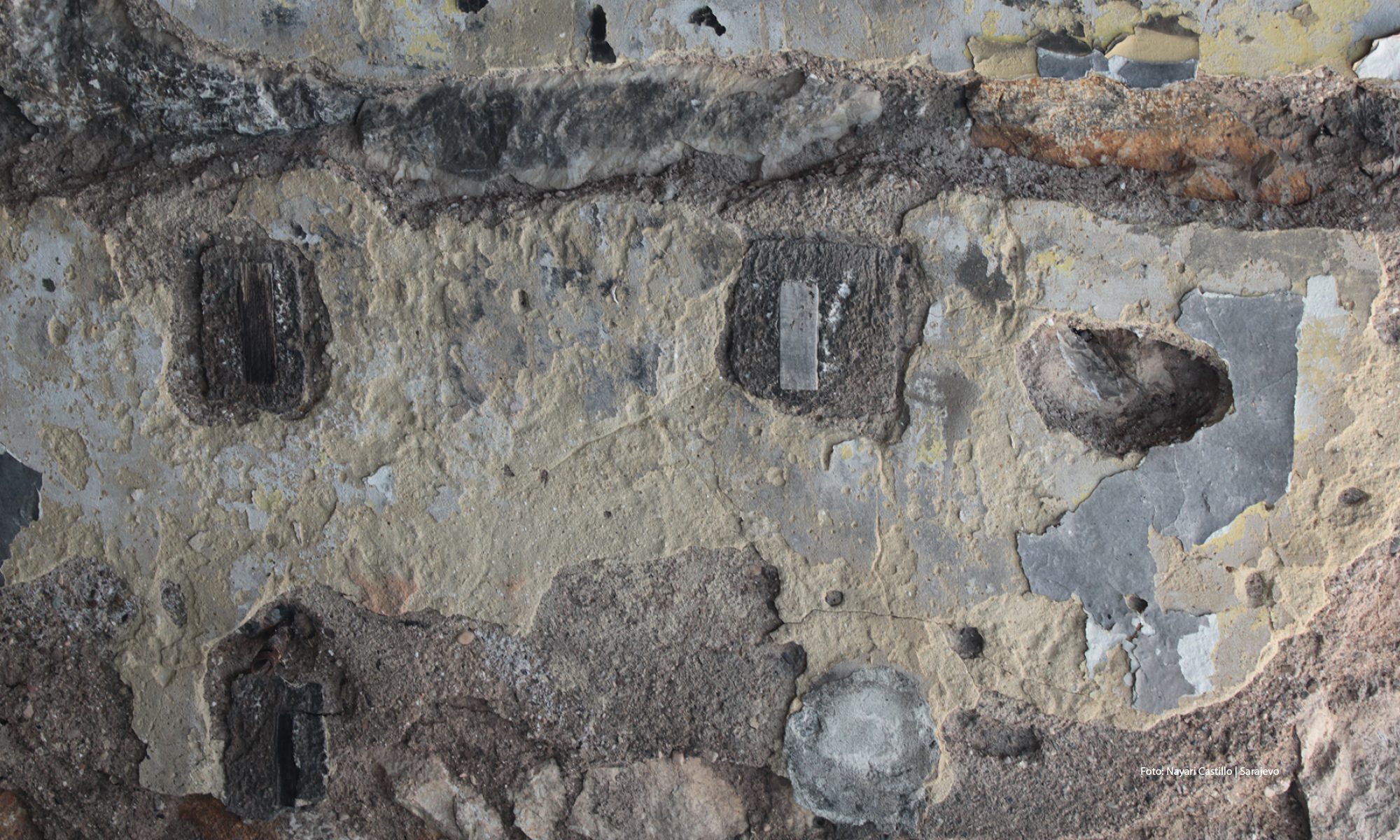Beachfront
(The Croatian expression “Prvi red do mora” is a slogan employed in selling property, which expresses the exclusive privilege of real estate located in the first row at the seafront)
During the war in Croatia and Bosnia and Herzegovina, in the period from 1990 – 1997, Istria became a temporary home to more than 20,000 refugees and displaced persons from the war-affected area (the exact numbers are unknown, in some documents reaching the figure of 50,000). They were located in tourist resorts – camps and hotels along the Istrian coast. Architecture and spaces intended as a place of temporary stay, relaxation and enjoyment became homes for entire families for many years (sometimes, families of four lived in a hotel room).
As a child, I remember bungalows along the beach in the Peroj camp where gardens were maintained, additional rooms built, wood collected for the coming winter. Only the details showed that these tourists were not here just for a week, and all of them spoke my language.
In 2016, the leader of the ruling political party in Istria stated that Istria was not suitable for the reception of refugees from the Middle East. “There is not enough infrastructure”, he stated. Tourist resorts privatized during the years after the war changed back to their original purpose, wiping material remains of the permanent life lived there. Istria again became a tourist center, one of the most recognizable holiday destinations in Europe, a true representative of leisure, safety and hospitality.
My research will attempt to gather visual materials and personal testimonies of co-existence in the 1990s. I wonder what happened to the empathy and care from the time of fear. I’m interested in the subtle transformation of different spaces by the shift in their purpose.
